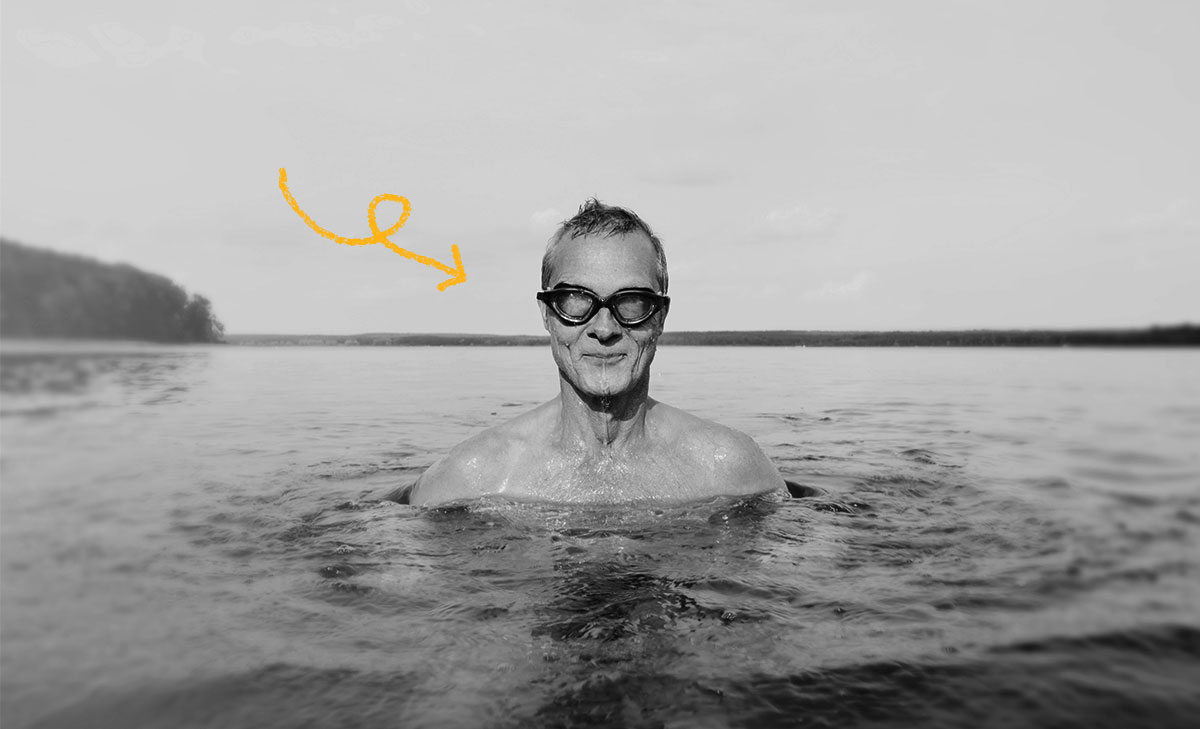Swimming goggles are a lot older than you might think! The earliest known design dates back to Persia in the 14th century, where goggles made from polished tortoise shells were used by pearl divers. Polynesian skin divers also developed a wooden version of swim goggles that used trapped air to maintain visibility; they could only be used in a downwards position, however. Later, glass was added to the design after Europeans brought it to the region. In the early 20th century, goggles were used when swimming in the Channel between England and France. Thomas “Bill” Burgess is the first person to have crossed the channel with goggles on; he used a pair of motorcycle goggles. Gertrude Erdle wore a similar pair when she became the first person to cross the Channel using a front crawl stroke, however, she made hers watertight using paraffin. In the 1950s, open water swimmers like Florence Chadwick used rubber goggles with double lenses. In the 1960s, swimmers began to create their own goggles using cups and elastic. The first mass-produced swimming goggles were advertised in 1968, but they were large and not allowed in competitions. Then in 1969, Tony Godfrey started manufacturing the Godfrey Goggle. His design used polycarbonate, which had not been used in sportswear before but is still widely used today. In 1972, Scotland’s David Wilkie became the first Olympian to compete while wearing goggles and a swimming hat; he won a bronze medal and achieved a personal best. After that, public demand for goggles soared. Godfrey Goggles were pirated and copied as manufacturers tried to keep up with public fervor. Today, swimming goggles are considered a standard piece of equipment and designs include advanced features like UV protection, anti-fog treatments, and improvements to hydrodynamics.

Your go-to guide for weird history facts
Subscribe to the FREE daily email that makes learning about history fun.


